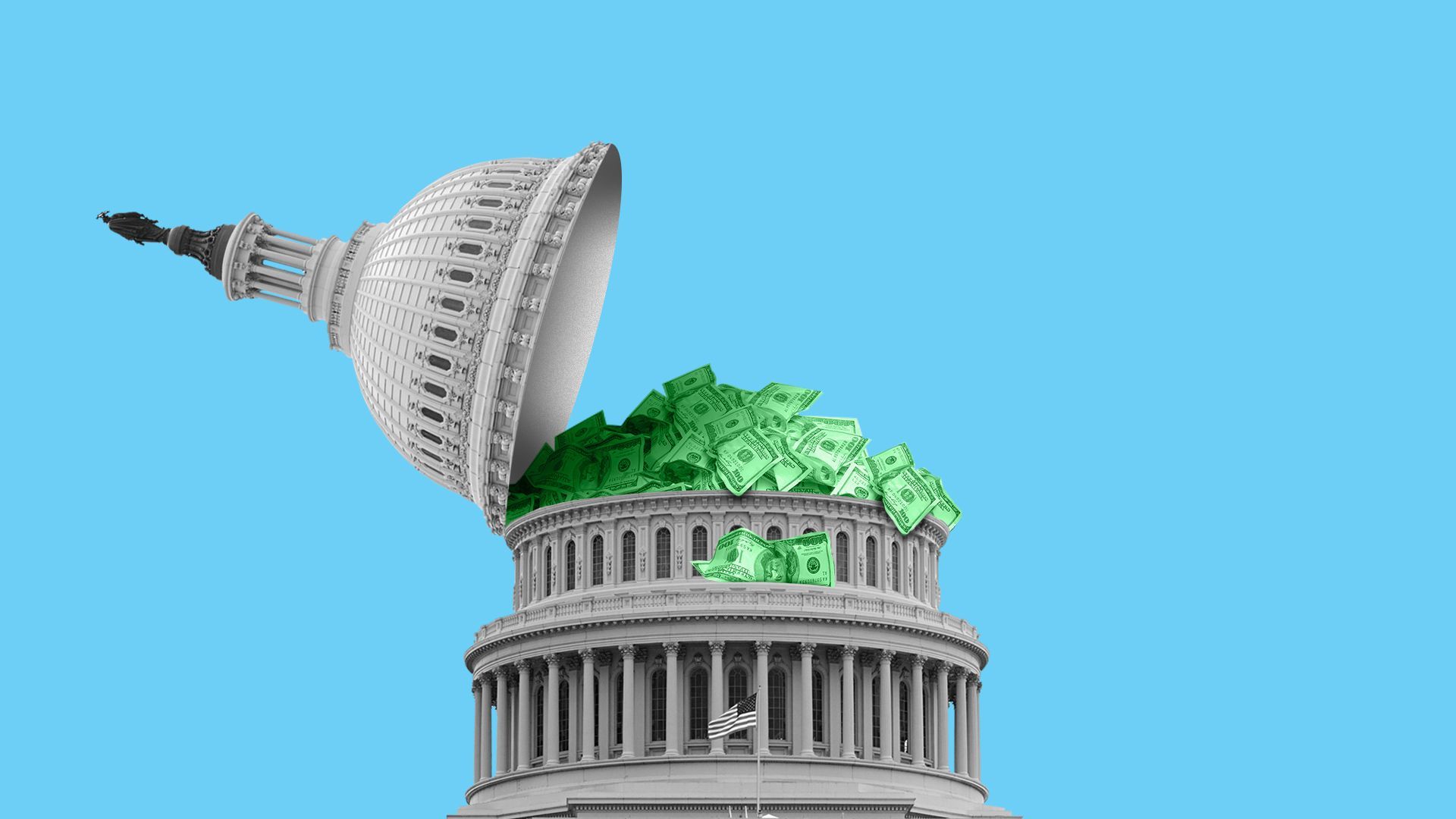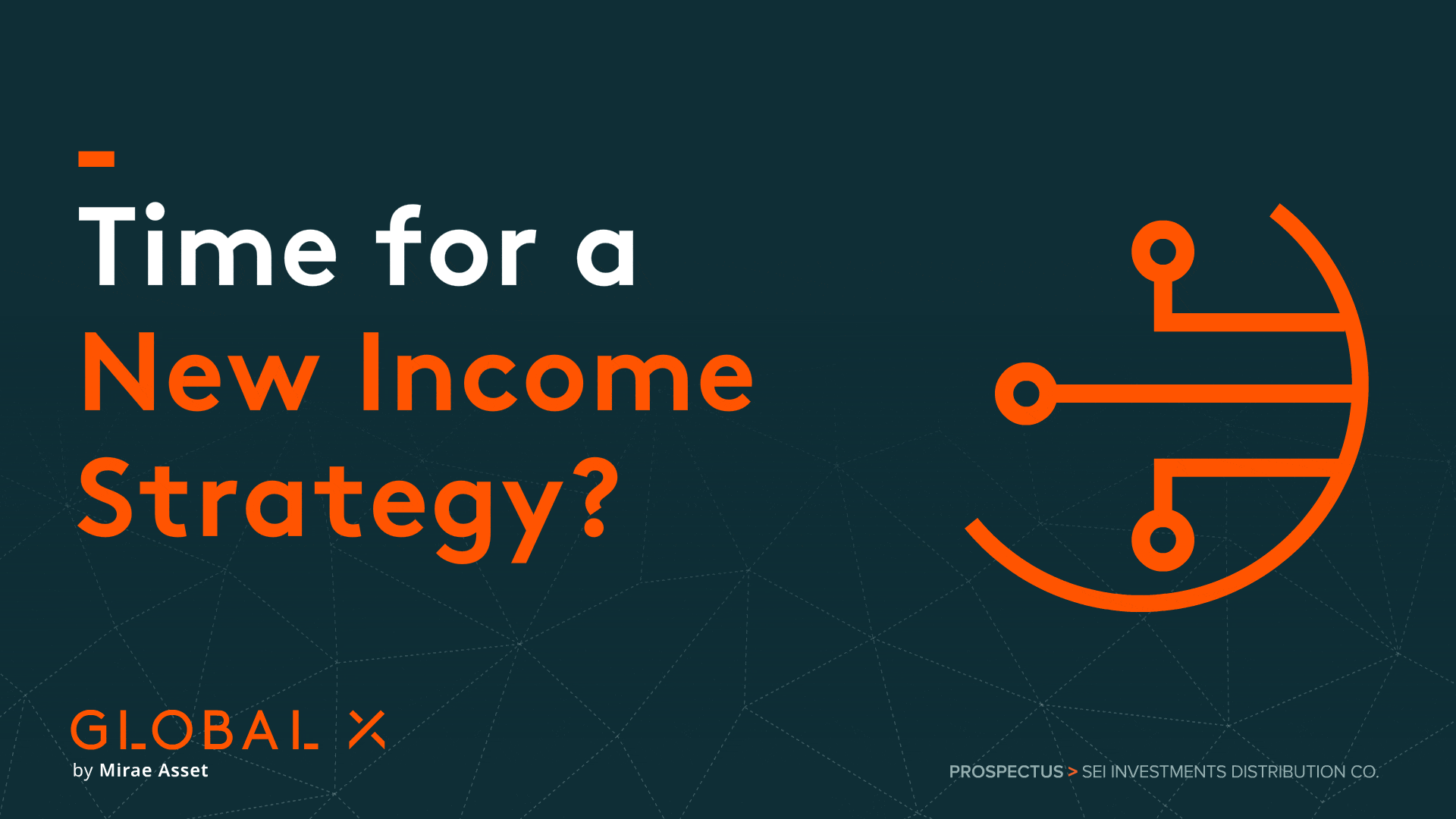| |
| |
| |
| Presented By Global X ETFS |
| |
| Axios Generate |
| By Ben Geman and Andrew Freedman · Aug 23, 2022 |
| 🚀 Off we go! Today's newsletter, edited by Mickey Meece, has a Smart Brevity count of 1,209 words, 5 minutes. 📬 Did a friend send you this newsletter? Welcome, please sign up. 🎶 This week marks 35 years since John Mellencamp dropped the conscience-woven album "The Lonesome Jubilee," which provides today's intro tune... |
| |
| |
| 1 big thing: The auto workforce faces electric growing pains |
 |
|
| Illustration: Sarah Grillo/Axios |
| |
| Ford Motor's plan to slash 3,000 jobs as it reorients around EVs reflects tough decisions the industry faces on the long road from gas to plugs, Ben writes. Catch up fast: Ford yesterday revealed the layoffs planned for white-collar workers in the U.S., Canada and India, the latest phase in a wider restructuring. - The cost-cutting arrives as Ford is hiring for its EV and battery-related workforce.
- Overall, Ford plans to invest north of $50 billion into electrification through 2026, even as EVs are a small share of sales today.
Why it matters: "This is a massive transformation for Ford as [CEO Jim] Farley & Co. aggressively bet on EVs over the next decade. Some cost-cutting will come with this transition across the auto industry and Ford is not alone with the cuts," Wedbush Securities analyst Dan Ives said. What they're saying: Brett Smith of the nonprofit Center for Automotive Research said these kinds of shifts will occur as companies seek more workers with expertise in areas like battery chemistry and EV-related engineering. "It is a transition. It's not simple and it's going to be painful for some, challenging for most, and it won't happen overnight," Smith said. Yes, but: Jeff Windau, an analyst with the firm Edward Jones, sees several forces at work behind the Ford layoffs, not only the long-term realignment around EVs. - One is near-term economic headwinds and questions about consumer demand. Another is the need to fund the shift to EVs with profits from traditional car sales.
- "The internal combustion side — they really need to make sure they're very lean and focused, trying to maintain higher levels of profitability from that businesses as they work and really spend the money trying to grow the electric vehicle industry," Windau said.
The big picture: The labor changes will extend far beyond white-collar jobs. The manufacturing workforce will likely face pain and challenges. EVs require fewer parts and hence fewer workers to assemble, but the transition is slated to boost demand for labor in other areas. Zoom in: A recent Boston Consulting Group analysis provides a sense of the wider shifts looming for the auto industry workforce globally. - It looked at the European auto-related workforce (spanning automakers, suppliers, energy providers, maintenance and more) out to 2030.
- Reduced labor needed for automakers and adjacent companies focused on petro-powered vehicles will result in a loss of 630,000 jobs.
- But demand for batteries, charging infrastructure and other EV equipment will create 580,000 jobs, BCG projects.
|
    |
| |
| |
| 2. First look: The climate law's potential savings |
 |
|
| Illustration: Aïda Amer/Axios |
| |
| A White House analysis first shared with Axios estimates the Democrats' new climate law could cut $1.9 trillion through 2050 by reducing impacts from extreme weather events, sea level rise and more, Andrew writes. Why it matters: The long-term costs of climate change are potentially staggering, eating into U.S. GDP by midcentury, reports have warned. - The report states it is the White House Office of Management and Budget's first-ever published estimate of avoided climate-related costs due to the effects of particular legislation.
Between the lines: The new analysis, published online this morning by OMB, builds on modeling work done by a Princeton University group, as well as that of Energy Innovation, a climate think tank, and Rhodium Group, a consulting firm. - Those models only projected the law's effects out to 2030, so OMB determined the bill's potential longer-term effects by using a metric known as the social cost of carbon.
- This assigns a present dollar value to the future cost of each additional ton of greenhouse gas emissions.
Reality check: The three modeling groups each made relatively optimistic assumptions about the law's impacts on energy markets and other aspects of society. - As OMB notes, implementing the law brings a host of challenges that will affect actual emissions reductions and associated damage reductions.
- For example, the clean energy workforce needs to be swiftly and dramatically scaled up.
Read more. |
    |
| |
| |
| 3. Europe's energy pain (and the U.S. isn't immune) |
 Data: FactSet; Chart: Axios Visuals Europe is plunging headlong into an energy crisis, with the Russian gas supplies powering the continent teetering dangerously close to a halt, Axios' Matt Phillips reports. Driving the news: Natural gas futures prices shot to a new record high in Europe, as Russia signaled that it will end supplies through its Nord Stream 1, pipeline at the end of the month, ostensibly for maintenance. - Benchmark European natural gas prices shot higher by roughly 13%, to roughly €280 per megawatt hour.
Yes, but: Americans will also feel the pinch. - U.S. natural gas prices climbed too, going above $10 per million British thermal units earlier today for the first time since 2008 before retreating slightly.
- That jump will raise utility bills for Americans already stressed by inflation.
|
    |
| |
| |
| A message from Global X ETFS |
| Reasons to consider a covered call strategy |
| |
 |
| |
| Seeking to retain equity exposure while mitigating downside risk? The time could be right for covered call strategies. Navigate volatile markets with the Global X Nasdaq 100 Covered Call ETF (QYLD) — it writes call options on the Nasdaq-100 Index, aiming to generate monthly income. Explore QYLD. |
| |
| |
| 4. The clean energy spending surge |
 Reproduced from RMI; Note: Data not available between 2018 and 2021, and projected agency spending excluded from 2022-2027; Chart: Axios Visuals A new report from the think tank RMI has a banger of a graphic that puts new and recent energy laws into historical context, Ben writes. How it works: RMI offers a taxonomy for thinking about the intersection between the 2021 infrastructure law and this summer's two big bills. 🧠 CHIPs is the "brains," steering billions into the "cutting edge research and development needed to accelerate innovation." 🦴 The 2021 infrastructure law is the "backbone," providing "much of the infrastructure these technologies need to scale at speed." 🏎️ The new climate law is the "engine" due to "demand-pull measures that provide the security for these technologies to reach market maturity." Of note: This chart doesn't even capture federal agencies' ongoing climate and clean energy spending. On the other hand, not all this new money is guaranteed because cash in the CHIPs bill needs additional signoff by congressional appropriators. Read the whole analysis. |
    |
| |
| |
| Bonus notes on the new climate law |
| 🧮 More calculations about the new law's potential effects are rolling in. The firm Rystad Energy estimates it will boost installed solar and onshore wind capacity in the U.S. by 40% by 2030, Ben writes. "The projects added due to the new incentives are expected to attract additional investments of more than $270 billion in the next eight years," it estimates. ⚖️ A few words in the law might bolster EPA's ability to legally defend upcoming emissions regulations, the New York Times reports. - Driving the news: It amends the Clean Air Act to explicitly define CO2 from burning fossil fuels as a "pollutant." Harvard Law's Jody Freeman called the change a "powerful disincentive" to new litigation.
- The other side: GOP Sen. Ted Cruz told Fox News before the vote that the "buried" language aims to "overturn" June's Supreme Court decision that limits the scope of EPA powers, the NYT notes.
|
    |
| |
| |
| 5. A major fundraise for a geothermal player |
 |
|
| Illustration: Sarah Grillo/Axios |
| |
| Fervo Energy, a Houston-based geothermal electricity company, closed what appears to be the largest investment round ever in the geothermal sector, Axios Alan Neuhauser reports. Why it matters: Geothermal is currently a sliver of zero-emissions electricity generation in the U.S. But as a source of round-the-clock clean power — not to mention heating and cooling — it's seen as vital for achieving full decarbonization. Driving the news: The venture firm DCVC, which focuses on companies taking on especially difficult scientific or engineering challenges, led the $138 million round. What's happening: "This is a quintessential deep-tech deal," DCVC co-founder Zachary Bogue tells Axios. - "Understanding how to make these geothermal reservoirs work" is a task that takes "cutting edge analytics and proprietary dataset, coupled with solving a hard real-world problem," Bogue said.
Subscribe to Axios Pro Climate Deals to read the whole story. |
    |
| |
| |
| A message from Global X ETFS |
| Reasons to consider a covered call strategy |
| |
 |
| |
| Seeking to retain equity exposure while mitigating downside risk? The time could be right for covered call strategies. Navigate volatile markets with the Global X Nasdaq 100 Covered Call ETF (QYLD) — it writes call options on the Nasdaq-100 Index, aiming to generate monthly income. Explore QYLD. |
| |
| 🙏Thanks for reading and we'll see you back here tomorrow. |
 | | Why stop here? Let's go Pro. | | |
No comments:
Post a Comment